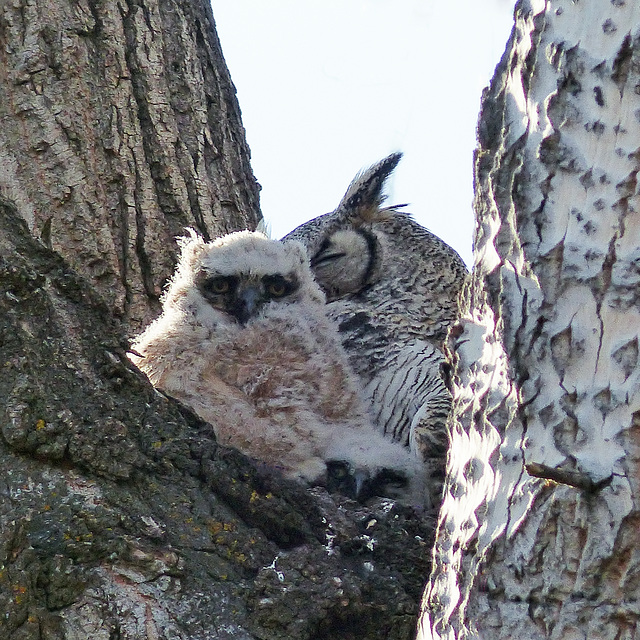The windmill from yesterday
Red-winged Blackbird
Old, abandoned farm
Northern Pygmy-owl from 2011
Brant grain elevator
Hanging bud
Spotted Sandpiper with bokeh
Happy Easter!
Creamy peavine / Lathyrus ochroleucus
Weathered wood
Driving in a winter wonderland
Elegant Pintail
Bald Eagle
Purple Avens
American Goldfinch in the snow
Ice crystals on Prairie Crocus
Love a Pika's ears
Hooded Merganser male
European Skipper
Northern Pygmy-owl on snowy branch
Bebo Grove, Fish Creek Park
Downy Woodpecker
Meerkat on guard
Eyes like Licorice Allsorts
Old farmyard windmill
Dad on guard duty
Baby Barred Owl
Old and new
Female Pileated Woodpecker
Turquoise
Safe with Mom
Common Goldeneye
Licking salt off its lips
Leopard Lacewing / Cethosia cyane
Hairy Woodpecker
A handful for Mum and Dad
Popcan-sized cutie
Purple-flowering Raspberry
Wild and cute
Pileated Woodpecker making a cavity
A closer view
A backwards glance
Golden Columbine / Aquilegia chrysantha
Enjoying seeds and sunshine
A young male Moose
See also...
Keywords
Authorizations, license
-
Visible by: Everyone -
All rights reserved
-
190 visits
"Two (owlets) out of three ain't bad"


I find my eyes go straight to the wide-open eyes of the biggest owlet in this photo. Be careful not to miss a younger one with just part of its little face showing above the nest edge : ) Somewhere, there is a third owlet that could not be seen just then - we only stayed a few minutes. I had only been to see these owls once before and at that time was only able to see one owlet. Maybe if/when I visit them again, all three owlets will be visible. Hopefully, I will see them again at a time when the light is much better, too.
That day, 31 March 2015, I went on a birding walk with a group of friends, to Fish Creek Park. When owls are seen, they tend to be the highlight of a walk, and on this walk we were able to see six Great Horned Owls, 4 adults and 2 young ones.
The other day, I posted a photo of Dad, who was sitting in a nearby Spruce tree, looking like he was fast asleep. As males always do, they perch and rest in a tree that has a good view of the nest, keeping watch over the female and the babies. Even though the male looks like he's fast asleep, he will be wide awake in a split second if anything, such as a Canada Goose, threatens the nest.
"With its long, earlike tufts, intimidating yellow-eyed stare, and deep hooting voice, the Great Horned Owl is the quintessential owl of storybooks. This powerful predator can take down birds and mammals even larger than itself, but it also dines on daintier fare such as tiny scorpions, mice, and frogs. It’s one of the most common owls in North America, equally at home in deserts, wetlands, forests, grasslands, backyards, cities, and almost any other semi-open habitat between the Arctic and the tropics.
Great Horned Owls are nocturnal. You may see them at dusk sitting on fence posts or tree limbs at the edges of open areas, or flying across roads or fields with stiff, deep beats of their rounded wings. Their call is a deep, stuttering series of four to five hoots." From AllAboutBirds.
www.allaboutbirds.org/guide/Great_Horned_Owl/id
en.wikipedia.org/wiki/Great_horned_owl
That day, 31 March 2015, I went on a birding walk with a group of friends, to Fish Creek Park. When owls are seen, they tend to be the highlight of a walk, and on this walk we were able to see six Great Horned Owls, 4 adults and 2 young ones.
The other day, I posted a photo of Dad, who was sitting in a nearby Spruce tree, looking like he was fast asleep. As males always do, they perch and rest in a tree that has a good view of the nest, keeping watch over the female and the babies. Even though the male looks like he's fast asleep, he will be wide awake in a split second if anything, such as a Canada Goose, threatens the nest.
"With its long, earlike tufts, intimidating yellow-eyed stare, and deep hooting voice, the Great Horned Owl is the quintessential owl of storybooks. This powerful predator can take down birds and mammals even larger than itself, but it also dines on daintier fare such as tiny scorpions, mice, and frogs. It’s one of the most common owls in North America, equally at home in deserts, wetlands, forests, grasslands, backyards, cities, and almost any other semi-open habitat between the Arctic and the tropics.
Great Horned Owls are nocturnal. You may see them at dusk sitting on fence posts or tree limbs at the edges of open areas, or flying across roads or fields with stiff, deep beats of their rounded wings. Their call is a deep, stuttering series of four to five hoots." From AllAboutBirds.
www.allaboutbirds.org/guide/Great_Horned_Owl/id
en.wikipedia.org/wiki/Great_horned_owl
- Keyboard shortcuts:
Jump to top
RSS feed- Latest comments - Subscribe to the comment feeds of this photo
- ipernity © 2007-2024
- Help & Contact
|
Club news
|
About ipernity
|
History |
ipernity Club & Prices |
Guide of good conduct
Donate | Group guidelines | Privacy policy | Terms of use | Statutes | In memoria -
Facebook
Twitter

Sign-in to write a comment.